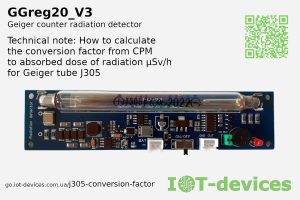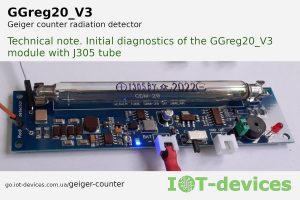Dear IoT creature!
We are pleased to present our new module ESP12.OLED : IoT controller based on ESP8266-12F with 0.96 ”OLED display. This module has all the components needed for programming and use in your devices.
The ESP12.OLED module is easily integrated into systems built on elements of the Espressif or ARDUINO family, or others, with a power level of 3.3 or 5 volts.
The module has a built-in 3.3 Volt stabilizer. The 3.6 – 5.5 Volt DC input power can be supplied via a micro USB or VCC I GND connector. The ESP8266-12F module provides the role of the MCU system and has the technical characteristics provided by AI-Thinker.
The RST and Flash buttons required for programming, the UART, I2C connector are installed on the board of the ESP12.OLED module, and all pins of ESP8266 are duplicated on the board. The step between the pins is 2.54 mm. The sequence of placement of the pins repeats the sequence of their placement on the ESP8266-12F.
The board also has an RGB LED, which will be useful when configuring the device or visualizing states.
Controller for IoT based on ESP8266-12F with OLED display: t technical capabilities:
- MCU according to Datasheet ESP-12F Datasheet .
- Power from “charging” or power bank ± 5 Volts is supplied via microUSB.
- Power from the lithium battery will be conveniently carried out through alternative contacts VCC and GND, which are connected in parallel with the power lines microUSB;
- It will be convenient to use connectors as MCU I / O ports
- X1 (Pin 9-14 ESP8266-12F),
- X2 (Pin 1-8 ESP8266-12F),
- X3 (Pin 15-22 ESP8266-12F);
- Jumper X5 is designed to select power methods ESP12.OLED:
- Switch on X5 is not installed – power ESP12.OLED can be provided with voltage 3V3 through the connector X6 from the system elements external to ESP12.OLED;
- Switch installed, power supply via USB (5V) or alternative input VCC I GND;
- Forbidden simultaneous connection of different power supplies through different connectors. This may damage the module.
- Be attentive . The module does not have protection against errors when connecting external power supplies.
- Connector X6 is designed to connect to external elements of the system:
- Pin1 duplicates the input (5 volts or battery voltage) voltage. This voltage is simultaneously connected to the input of the ADC ESP12.OLED to control the battery voltage level. This PIN can be used to power external devices;
- Pin2 Input or output voltage 3V3 depending on the installation of X5;
- Pin3 “Data” – pulse input to GPIO from the sensor (for example, Geiger counter, water consumption meter or other pulse sensors);
- Pin4 – GND;
- Jumper J1. If set, Deep-sleep mode is allowed;
- “OLED” connector serial I2C interface with SDA, SCL and 3V3 and GNG power lines. The connector is designed to connect an OLED display or sensors with an I2C interface.

